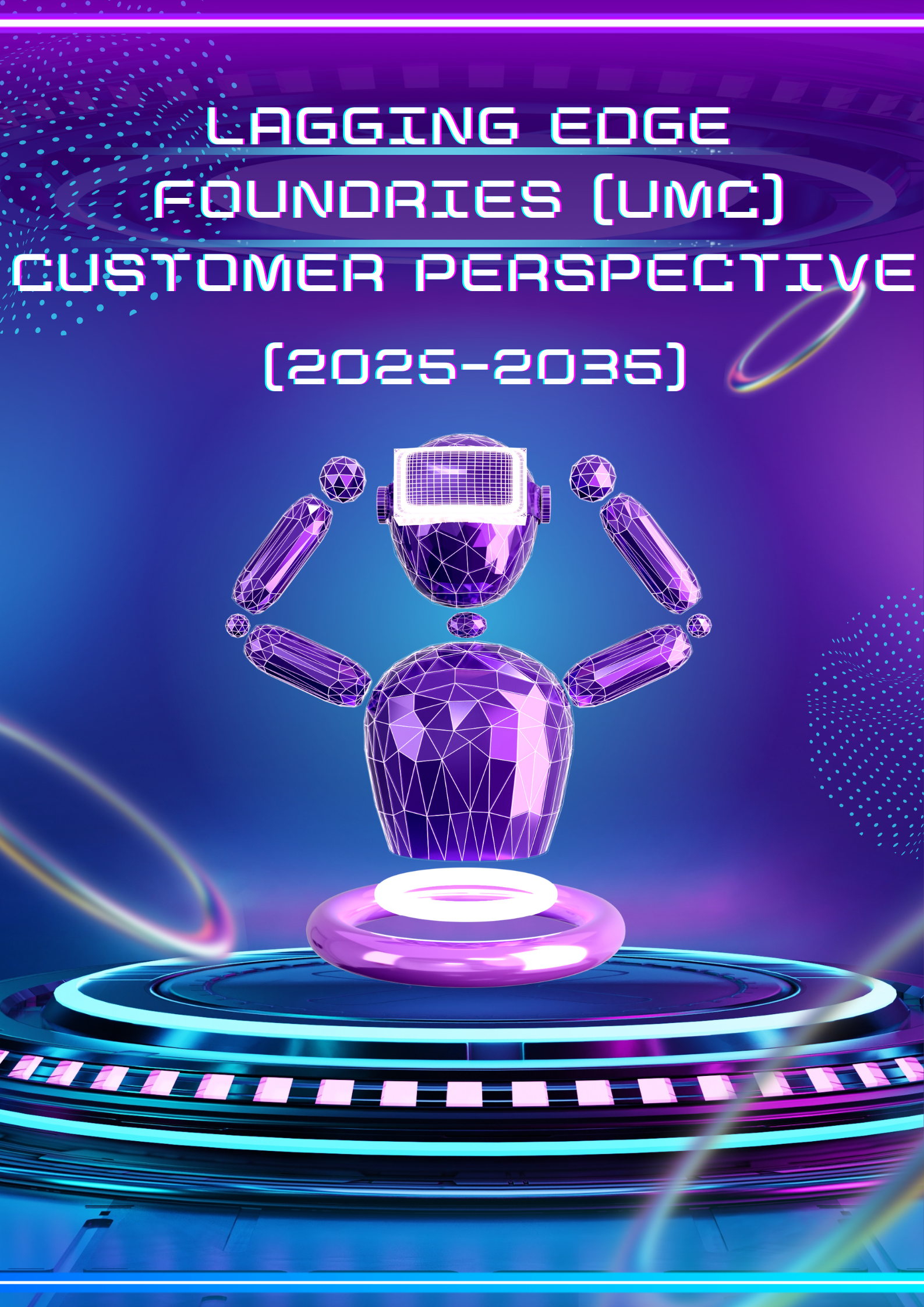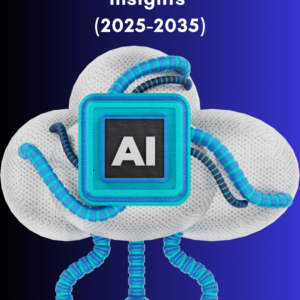1. Introduction
- Overview of lagging edge foundries
- Importance of lagging edge technologies in the semiconductor supply chain
- Focus on United Microelectronics Corporation (UMC), Vanguard, SMIC, and GlobalFoundries
2. Market Overview: Lagging Edge Foundries
- Definition and scope of lagging edge foundries (28nm and above)
- Market trends and projected growth for lagging edge technologies (2025-2035)
- Key industries relying on lagging edge foundry services (automotive, industrial, IoT)
3. Key Players in Lagging Edge Foundries
- United Microelectronics Corporation (UMC): Strengths, weaknesses, and market positioning
- Vanguard International Semiconductor Corporation: Differentiators and competitive landscape
- Semiconductor Manufacturing International Corporation (SMIC): Capabilities and market access
- GlobalFoundries: Market reach and strategic focus in lagging edge technologies
4. Customer Selection Criteria for Lagging Edge Foundries
- Key technical evaluation factors (node selection, power consumption, reliability)
- Foundry capabilities in handling mixed-signal and analog technologies
- Quality assurance and yield management practices
- Supplier flexibility, lead times, and capacity availability
- Geopolitical considerations and supply chain risk management
5. Pricing Trends in Lagging Edge Foundries
- Overview of pricing structures (wafer costs, IP licensing, packaging options)
- How global semiconductor shortages impact pricing
- Typical pricing models: fixed contracts vs. volume-based discounts
- Geographical pricing trends: China vs. Taiwan vs. US foundries
- Historical pricing comparison across UMC, Vanguard, SMIC, and GlobalFoundries
6. Customer Perspective on Foundry Offerings
- Typical service offerings from leading lagging edge foundries
- Customization and IP-sharing models between foundries and customers
- Value-added services (testing, packaging, supply chain management)
- Long-term relationships: Customer loyalty vs. switching foundries
7. Industry-Specific Foundry Requirements
- Automotive sector: Importance of reliability and long-term supply agreements
- IoT and industrial applications: Cost sensitivity and performance trade-offs
- Consumer electronics: Balancing cost and scalability at lagging edge nodes
8. Challenges Facing Lagging Edge Foundries
- Capacity constraints and lead time management
- Competition from more advanced nodes in specific sectors
- Managing customer expectations for pricing amidst supply chain disruptions
- Technological advancements and sustainability initiatives in lagging edge nodes
9. Future Outlook for Lagging Edge Foundries (2025-2035)
- Growth drivers: Key trends shaping the future of lagging edge foundries
- The impact of electric vehicles (EVs) and industrial automation on demand
- Geopolitical impacts on the semiconductor industry and foundry availability
- Predictions for pricing dynamics and customer-foundry relationships
10. Conclusion
- Key insights on pricing and selection criteria for lagging edge foundries
- Recommendations for customers and foundries to optimize partnerships
- The role of lagging edge nodes in the future semiconductor landscape





